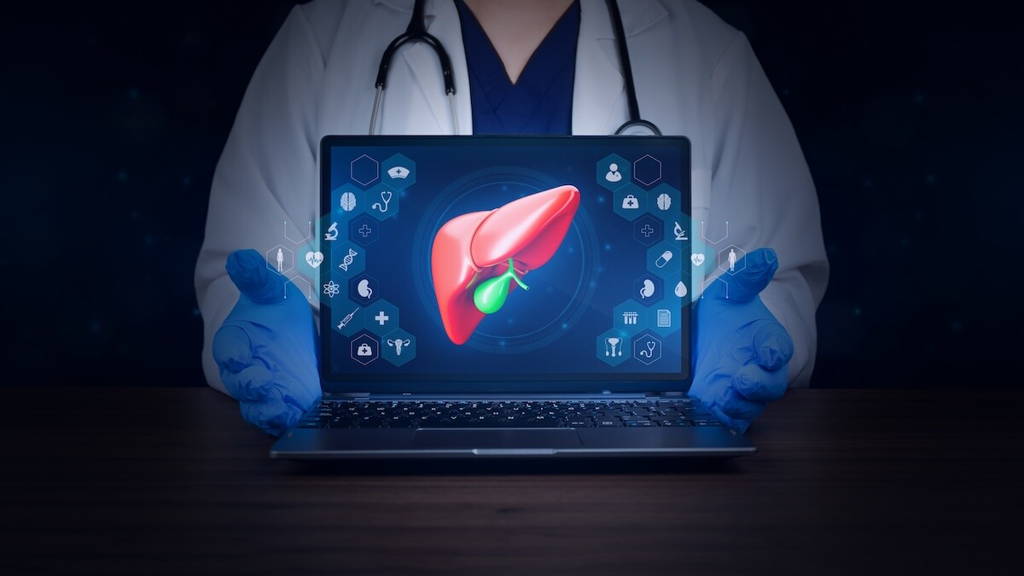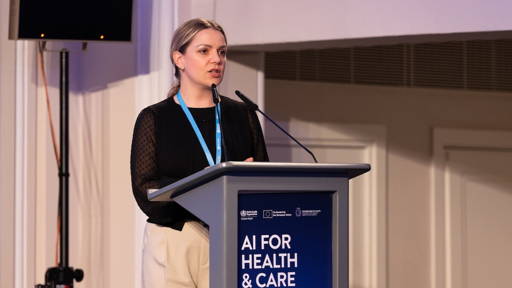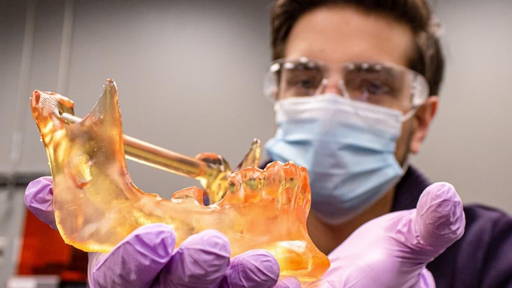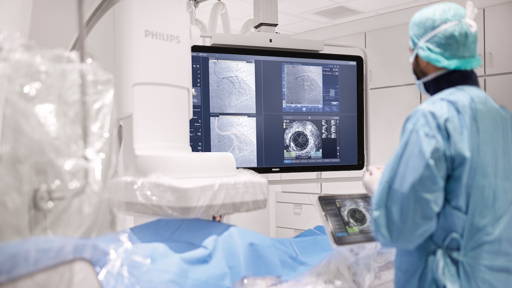Researchers from the Politecnico di Milano have developed the world’s first online application that helps healthcare professionals identify which artificial intelligence (AI) model is best suited to generate high-quality 3D images for specific organs. The innovation, led by Dr. Andrea Moglia and his team from the Department of Electronics, Information and Bioengineering, marks a significant advance in precision medicine and medical imaging efficiency.
The app, described in Information Fusion, allows physicians, imaging technicians, and surgeons to quickly determine which AI models deliver the most accurate segmentation for a chosen organ or anatomical area. By optimizing the process of creating 3D reconstructions from radiographs or CT scans, the tool reduces trial and error, minimizes human bias, and ensures clearer, more consistent imaging outcomes.
“With this tool, selecting the right AI model for diagnostic or surgical planning becomes far more efficient,” says Dr. Moglia. “Professionals no longer need multiple attempts to obtain the desired image quality.”
Free online platform
Accessible through a free online platform, users can begin by selecting an organ—such as the heart, liver, or lungs, or a broader region like the chest, neck, or abdomen. The application then lists all available AI models that have been validated on relevant imaging datasets, ranking them by performance. It also supports refined searches, allowing clinicians to target specific anatomical structures, including individual vertebrae or cardiac ventricles. Moreover, the app can sort models based on their ability to image tumors, lesions, or stroke-related ischemia, making it particularly valuable for oncology and neurology.
The database includes both generalist and organ-specific AI models. While specialist models are trained for a single organ using limited datasets, recent findings show that generalist models, trained on vast and diverse human body images, can perform just as effectively across multiple use cases. “This represents a real turning point for medical imaging,” notes Moglia.
Faster 3D organ reconstructions
In clinical practice, AI-based segmentation accelerates the creation of detailed 3D organ reconstructions, a process once requiring manual tracing of structures across hundreds of 2D images. This enables more accurate diagnosis, surgical planning, and personalized treatment strategies.
Beyond improving workflow, the app also allows hospitals to plan which AI models to integrate based on the volume and type of surgical procedures performed each year. Dr. Moglia collaborated with Prof. Pietro Cerveri, Prof. Luca Mainardi, and Dr. Matteo Leccardi on the project, emphasizing that the platform reflects the growing synergy between AI, digital health innovation, and clinical decision support.
By democratizing access to advanced AI tools, the app is expected to accelerate precision imaging adoption worldwide, helping clinicians deliver safer, more tailored care for every patient.
3D cell imaging
Earlier this year physicists at TU Delft, in collaboration with the Dutch Brain Institute and Caltech, developed a groundbreaking ultrasound microscopy technique called Nonlinear Sound Sheet Microscopy. This innovation allows scientists to visualize living cells and capillaries deep within organs, something previously impossible with conventional imaging methods.
Central to the breakthrough is a nanoscale gas-filled vesicle developed at Caltech’s Shapiro Lab. These protein-shelled vesicles reflect sound and “light up” under ultrasound, making individual cells visible in 3D. Unlike traditional light microscopy, which can only penetrate about a millimeter into transparent tissue, this new method can image several centimeters deep into opaque tissue.
For the first time, researchers successfully visualized living cells and brain capillaries within whole organs, in volumes comparable to a sugar cube. Because microbubbles used in the process are already approved for human use, Nonlinear Sound Sheet Microscopy could soon enable hospitals to diagnose small vessel diseases and monitor cellular behavior in real time.







